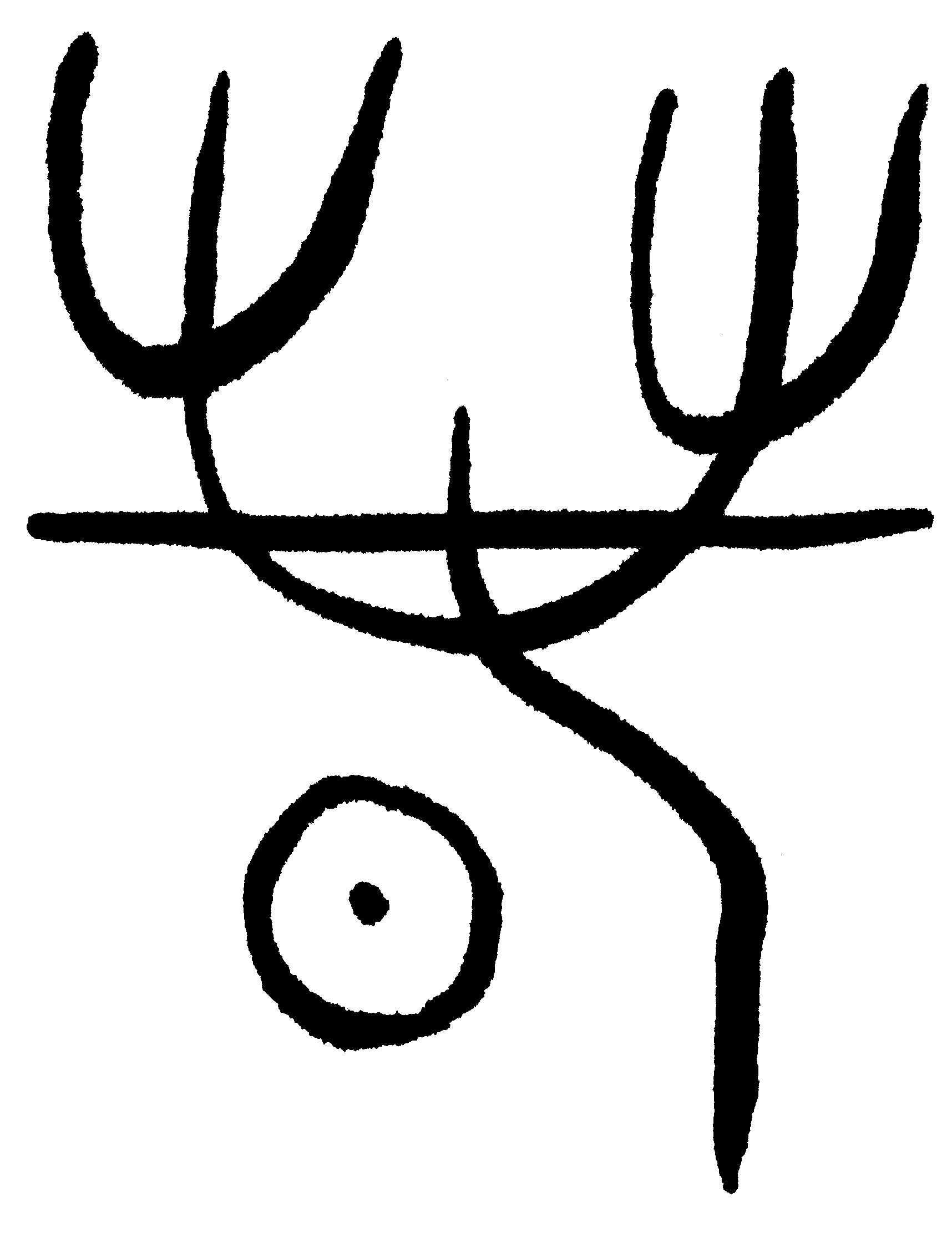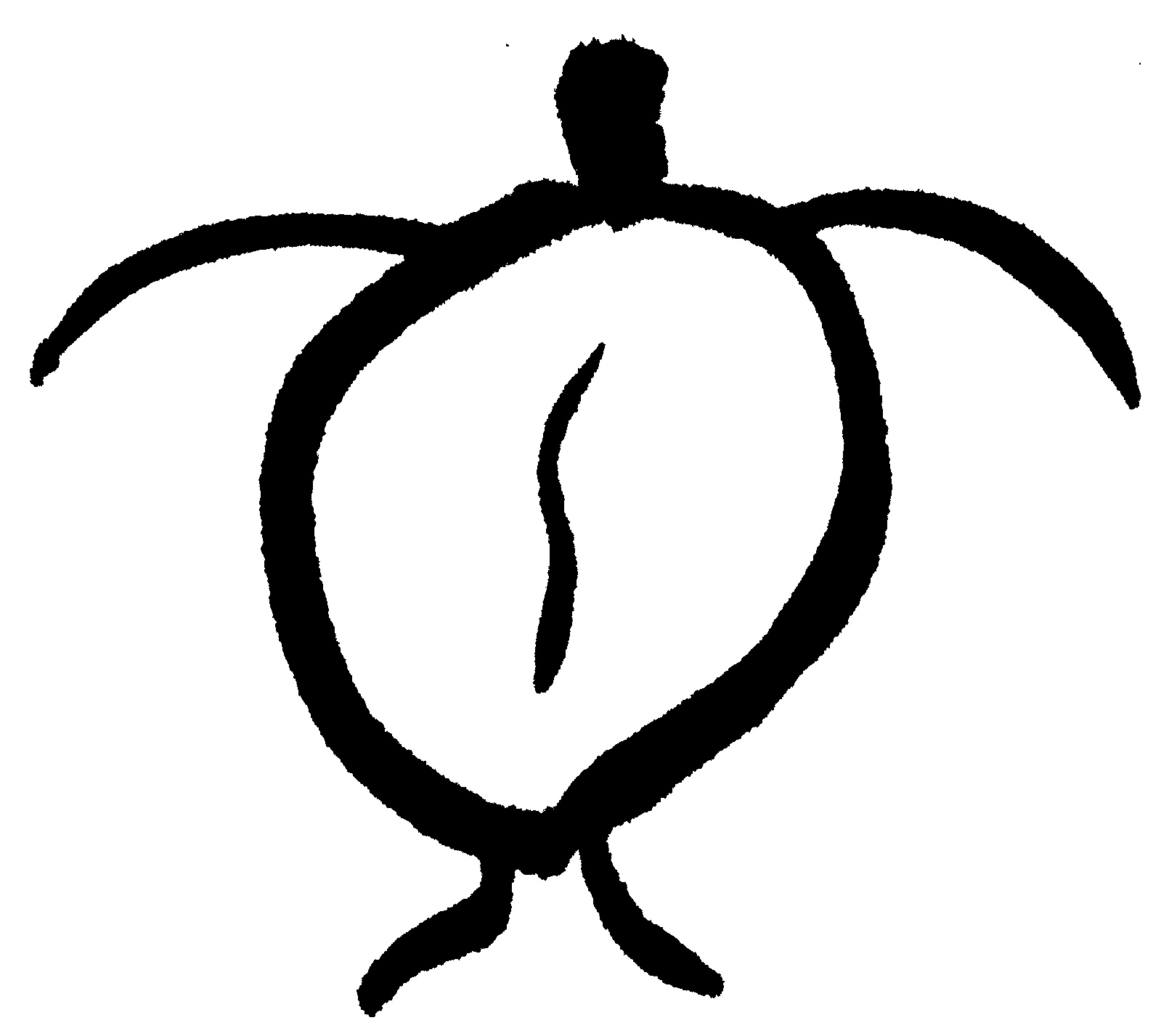|
|
|
THE FIVE TREASURES OR FRIENDS: “The beauty of Chinese Calligraphy is thus the same beauty which we recognize in moving water, in foam, spray, eddies, and waves, as well as in clouds, flames, and weavings of smoke in sunlight. The Chinese call this kind of beauty the following of li, an ideogram which referred originally to the grain in jade and wood... ‘organic’ pattern€ or ‘principle.¯’” ~ from TAO: The Watercourse Way by Alan Watts with Al Chung-liang Huang. East Asian calligraphy shows respect for the four treasures: brush, ink, paper, and inkstone. Yet this calligrapher adds a fifth: WATER. The fullest explanation i know of for what “water”¯ is comes from the Lakota: “Mni is a Lakota word for Water and goes beyond any translatable word in the English language. ...becomes a little more understandable if we say Mni is “you and me of that which carries or causes feeling with another through itself.” Like a mother who is the carrier of Water, Mni is an action of living.”¯ ~Tiokasin Ghosthorse from Living In Relativity¯ So with brush calligraphy, the WATER combines with the inkstick via the act of circular grinding against the inkstone... until the ink is not too watery (it would run uncontrollably) and not too thick (there would be no flow); this balance makes water the conveyor of the emotions as well as the information onto the paper. The Chinese have a word xin/hsin “heart-mind”¯; as applied to brush calligraphy, it is purest when the energy flows from one’s heart, through the arm and into the hand and through the brush and onto the paper. This is essentially the opposite of Western grade school children in the USĀ learning to write by forcing -- with the taut pressure of a tiny hand -- a pencil or pen into the pre-lined paper. PAPER: for brush calligraphy RICE PAPER either as a sheet or scroll. Rice water and rice straw can be used, also “the pith of a small tree, the rice paper plant.”¯ And the paper often comes from: “The paper mulberry, a species of flowering plant/tree.”¯ (Wikipedia) And to make paper, one needs water! Chinese Rice Paper Maker Sticks to Traditional Hand making Methods BRUSHES are typically made with animal hairs (goat, rabbit, and tail of weasel) and even bird feathers... so we have our four-legged and winged friends to thank. While many human beings mostly cut and dispose of hair, it’s amazing to ponder that hair, too, is part of the conveying onto paper. One time i was having difficulty with the calligraphy and suddenly i decided to watch the brush as it moved with the paper, and this got me out of my head trying to do it accurately and into feeling how brush, ink, and paper are all working together to create the artwork. Before the Chinese brought paper onto the world map, so to speak, there was bamboo... which is now used as the brush handle. INK: Inksticks can be made of “soot of tung oil, coal or pine wood, and animal glue”*, also animal, vegetable, or mineral oil. The PaperTrail by Alexander Monro mentions use of: “five egg whites, cinnabar, musk, skins of pomegranates, and pig’s gall.”¯ Often the inkstick has a golden dragon embossed on it; for the Chinese, in mystical Kaballah, and with other cultures/traditions, dragons are sacred beings that help to keep the cosmos functionally smoothly. (*Chinese Calligraphy by Chen Tingyou) INKSTONE: Native Peoples refer to rocks or stones as The Grandfathers as they were here long before humans. Inkstones can also be made of clay, bronze, iron, and porcelain. Grinding the inkstink with a circular motion in the inkstone containing water is the meditative process of making the ink. It is the opposite of a text message as it can take five minutes to simply prepare the ink before writing anything! Writing and painting are considered the Twin Sisters because both are done with the brush. Native Peoples tell of the Three Sisters, corn, beans and squash, which symbiotically help each other grow. ~ Mankh is a self-taught calligrapher who studies and calligraphies ancient Chinese pictographs. He has facilitated workshops for many years in libraries and arts centers. His brush calligraphy has been exhibited at Kings Park Library and is often featured in his books and the annual Haiku Calendar. To contact him: mankh(a)allbook-books.com © 2023 by Walter E. Harris III.
|
|||||
 |
|||||||
|
|||||||
 |
|||||||
|
Not from ancient Chinese rather free-form of sea turtle as Native Peoples refer to so-called North America as Turtle Island, plus the turtle is a key part of the myths and origin-stories of other cultures including Hindu, Chinese, African, Australian aborigines, and Caribbean Peoples.
|
|||||||